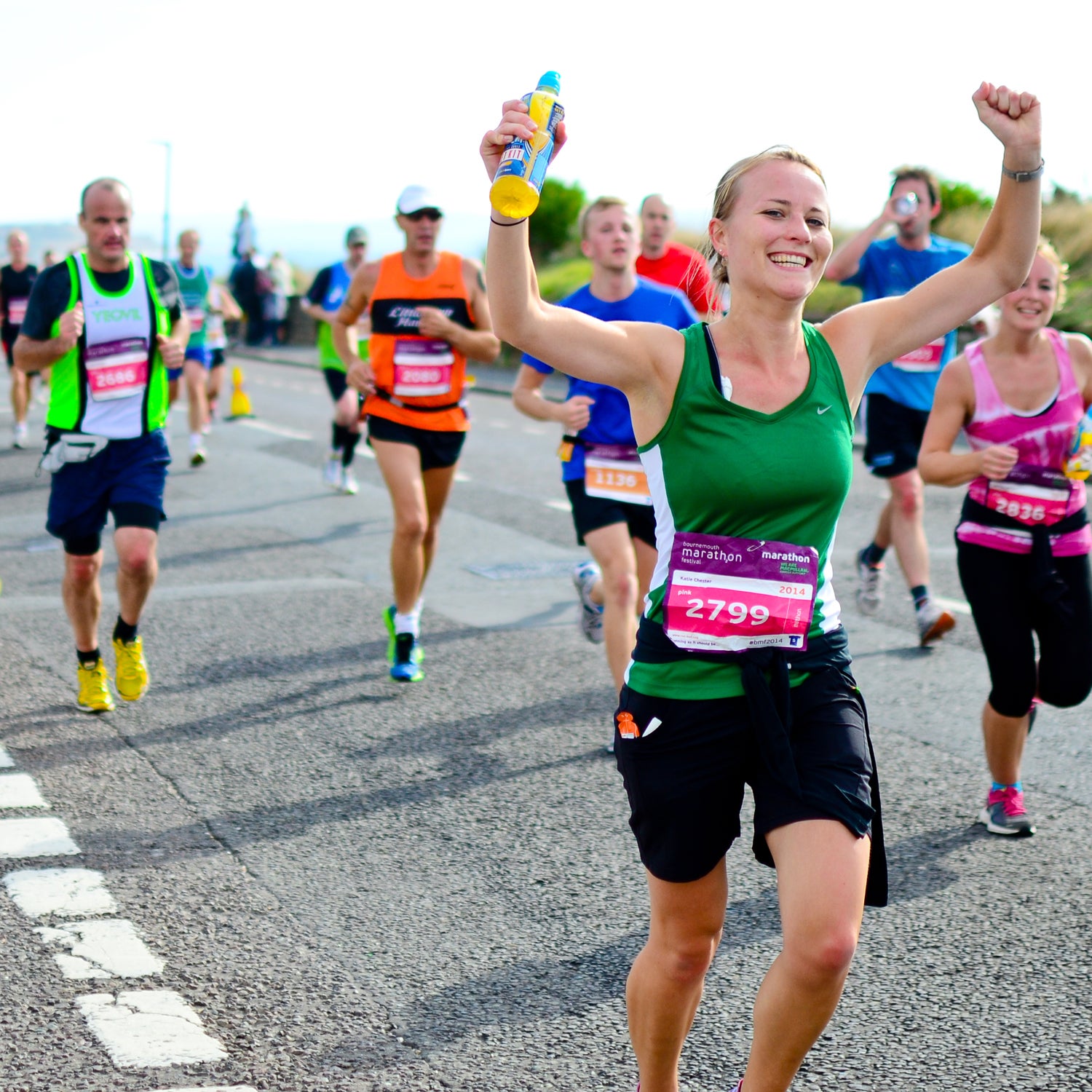Ultracycling Hall of Famer Steve Born, 52, who finished the grueling Race Across America (RAAM) three times and won Southern California’s 500-mile ultra-endurance cycling event the Furnace Creek 508, knows firsthand that no matter how hard you train, you risk failure—or worse—if you don’t properly fuel. During his fourth attempt at RAAM, he overhydrated, voided all his electrolytes, and ended up in the emergency room after only 200 miles. Now, as the fueling guru for Hammer Nutrition, which makes performance bars and gels, Born helps others avoid painful lessons. Here are the six most common race-day mistakes—and advice on how to correct them.
Mistake #1: Pre-Race Carbo-Loading
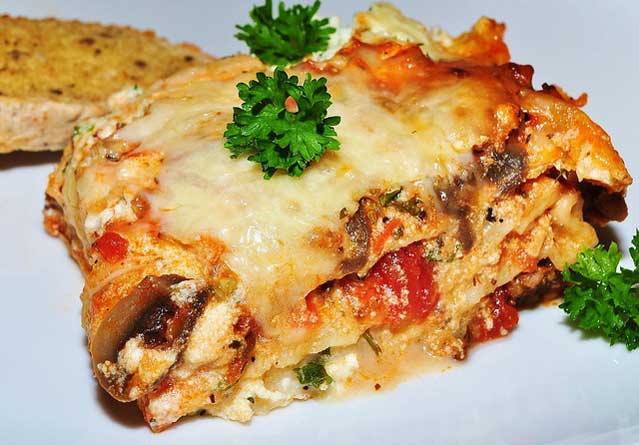
The night before a marathon, you load up with seconds of lasagna.
Problem: “Carbo-loading doesn’t work,” Born explains. “Your body can’t process and store energy from additional food.” Most of those calories will be eliminated, and those that aren’t will only expand your waistline, not your energy stores.
Solution: Eat a regular-size meal rich in complex carbs, proteins, and healthy fats, such as pasta with garlic sauce and a salmon fillet. The next morning, 300 to 500 calories three hours before the gun will suffice.
Mistake #2: Experimenting with New Drinks
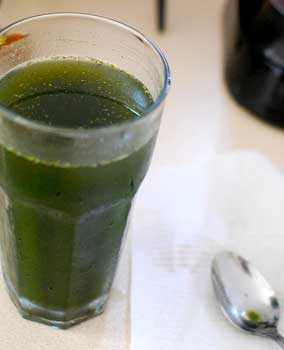
You fill your race bottles with some new powdered energy drink your buddy has been raving about.
Problem: Just as you train your muscles, you need to prepare your stomach to function while exercising, and anything new can lead to digestive distress.
Solution: Practice your race-day nutrition plan in a variety of training conditions, experimenting with different products. During races, stick with what works.
Mistake #3: Drinking Too Much Water and Diluting Electrolytes
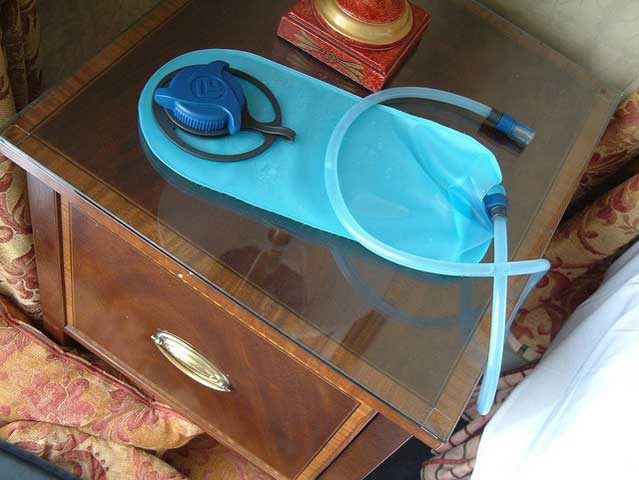
It’s 100 degrees on race day, and you guzzle water like a camel.
Problem: “Drinking too much can be more dangerous than drinking too little,” advises Born. Excess fluids not only lead to bloating and muscle cramps, they also dilute electrolytes, which in severe cases can lead to seizures, coma, or even death.
Solution: Replenish with no more than 20 to 25 ounces of fluid (two-thirds of a Nalgene bottle) per hour. Sip, don’t gulp. And use an electrolyte supplement such as Nuun or Endurolytes with a full spectrum of minerals, not just sodium.
Mistake #4: Eating Too Much During Your Race
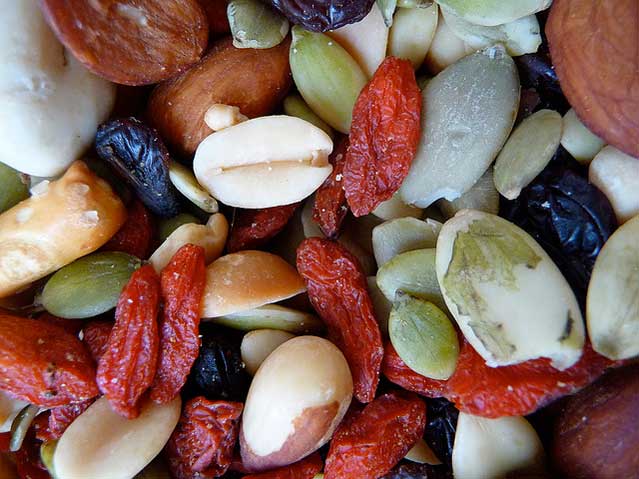
Your fitness watch says you’re burning 800 calories an hour, so you cram down food.
Problem: Balancing your caloric budget doesn’t work during exercise. “You can’t replace everything you lose while you’re performing,” says Born. “But the body has tens of thousands of calories in fat stores.”
Solution: In efforts longer than an hour, two-thirds of your energy comes from body fat. Supplement with 240-280 calories per hour.
Mistake #5: Eating Tough-to-Digest Solid Foods
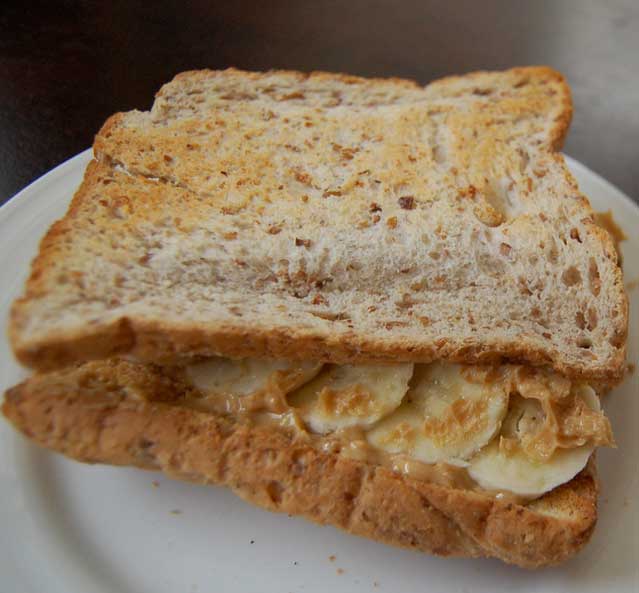
You’ve planned a regimen of bananas, PB&J’s, and energy bars to fuel your race.
Problem: Solid foods are typically less nutrient-rich than liquid fuel, plus they take more energy to process. “You want your energy focused on forward progress, not digestion,” Born says.
Solution: You can perform almost indefinitely on liquid fuel such as Sustained Energy or Perpetuem; use small amounts of solid foods for variety.
Mistake #6: Not Eating Soon Enough
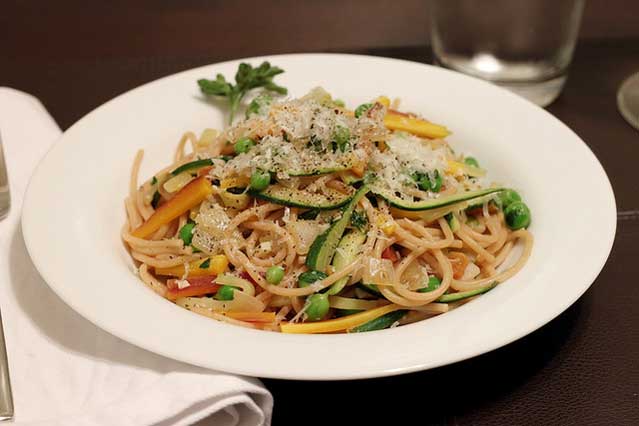
After the event, queasy from all those energy-food calories, you decide to wait three hours until dinner.
Problem: Real carbo-loading happens the first hour or so after exercise, when your body is supercharged to process calories and store them as energy-rich glycogen in your muscles. After two hours, that energy won’t go into your reserves.
Solution: Within 30 minutes of exercise, consume 30 to 90 grams of complex carbohydrates and 10 to 30 grams of protein, and you’ll build up a glycogen store.


